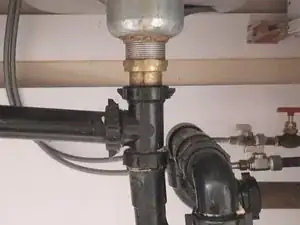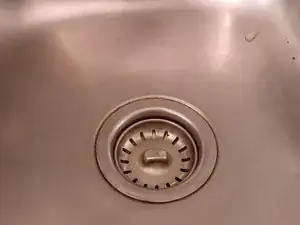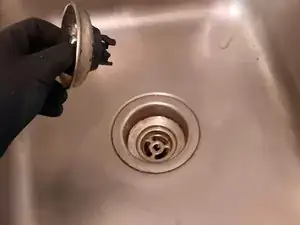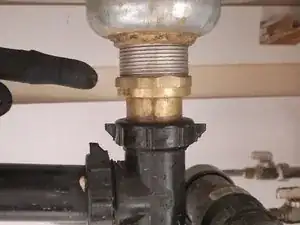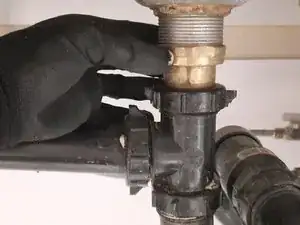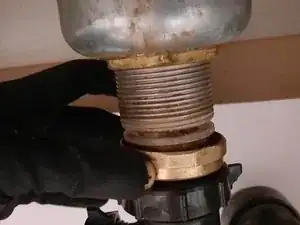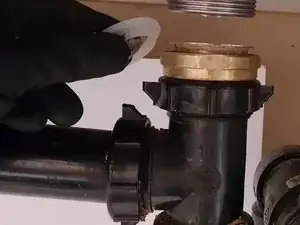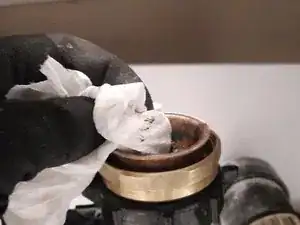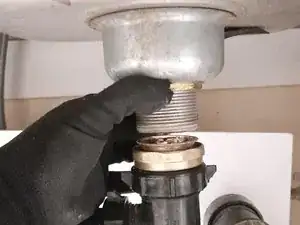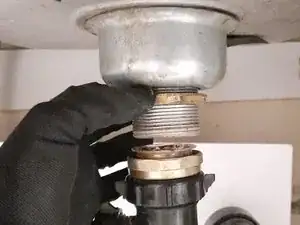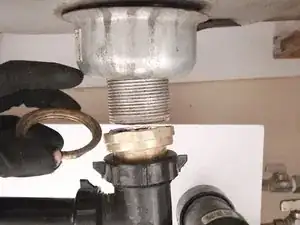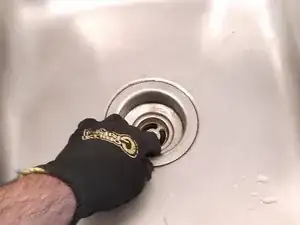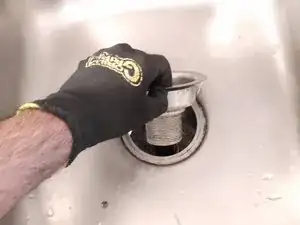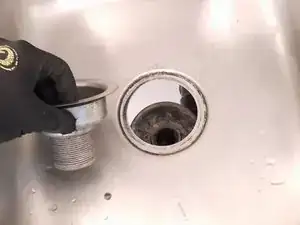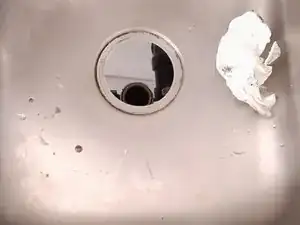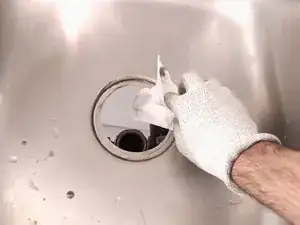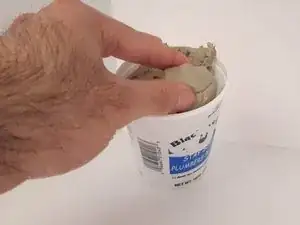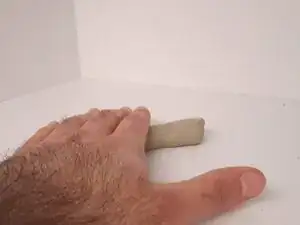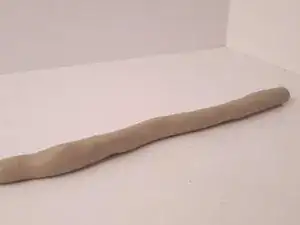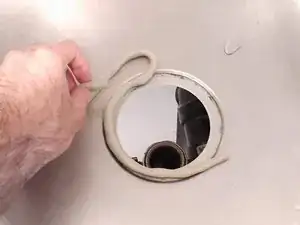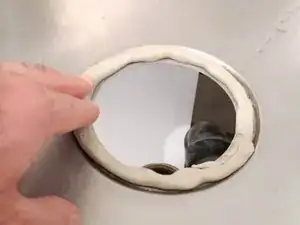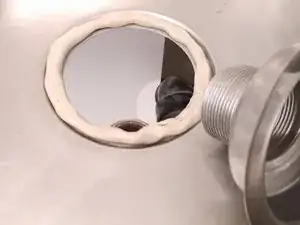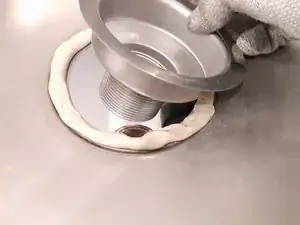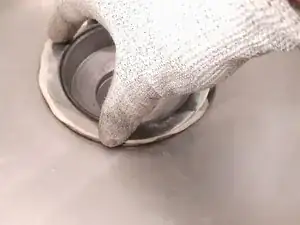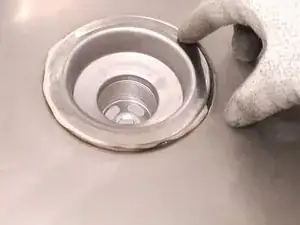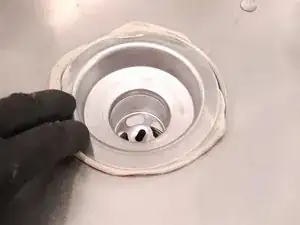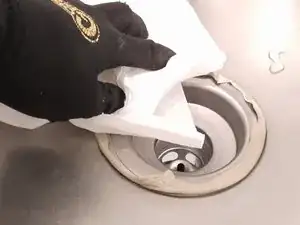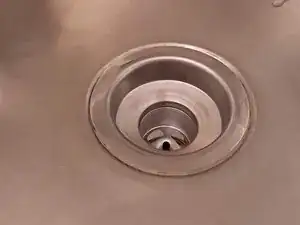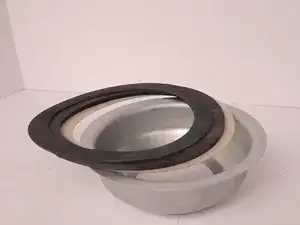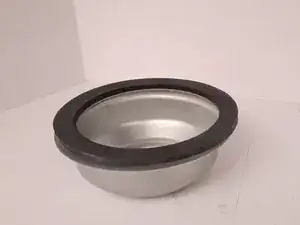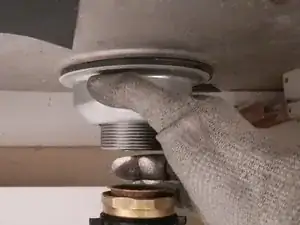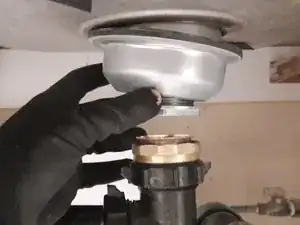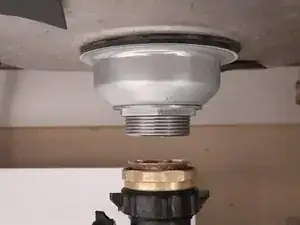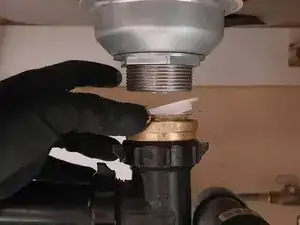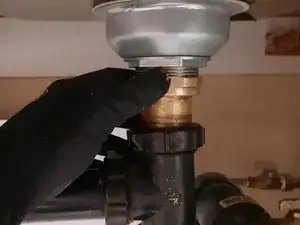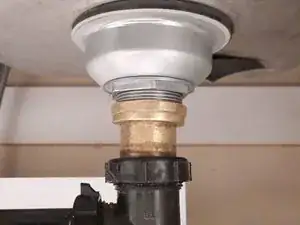Einleitung
If your kitchen strainer seems to be leaking from the bottom, what you need is a replacement of the kitchen basket strainer assembly.
Cracks, old washers, and parts can wear over time. If not dealt with, the leaks under your sink will become worse. The quicker you use this guide, the better.
Inspect your current plumbing under the sink to determine how much space you have to work with. Whether or not you will need a wrench to loosen some of the parts. Draw a diagram if needed. You will also have to purchase a new kitchen strainer assembly that has similar dimensions to your current strainer.
Technically, this entire guide does not require a wrench. But if the lock nuts are too tight to loosen, then a wrench is not just recommended - but required. Please do not hurt yourself or break anything by using too much force. Make it easy on yourself.
Before you use this guide, make sure you clear all materials under the sink and place a safeguard (cloth, towel) to make sure the water does not damage your sink cabinet.
Werkzeuge
Ersatzteile
-
-
Inspect the strainer under the sink and inspect the basket over the sink. Take out the basket from the top.
-
-
-
Loosen the bottom lock nut under the sink with your hands. If your hands are not enough, use a 12" pipe wrench to loosen the bottom nut out.
-
Get ready to take out the old flange that sits on top of the tailpiece as shown.
-
-
-
Take out the old flange and clean the inside of the tailpiece with a paper towel. Trust me, the tailpiece will be very dirty.
-
-
-
Loosen the top lock nut that sits below the strainer, take the lock nut out.
-
At this point, the top strainer should be loose after removing the second lock nut.
-
-
-
If there is resistance from prior washers or gaskets, give the strainer a pull to take it out.
-
-
-
Prepare and roll up the putty with your hands.
-
Roll the putty into a hotdog shape and use enough so that you can cover the top of the sink engrave where the strainer must be placed.
-
-
-
When placing the putty, follow the trace of the indent for the strainer outlined in the sink.
-
Slightly press down, but not completely so that the putty sticks. Prepare to place the new top strainer.
-
-
-
Place the new top strainer on to the grave of the putty.
-
Slightly press with your finger so that the putty sticks to the top strainer.
-
-
-
Press down the top strainer until the putty squeezes out from the sides.
-
Clean the excess putty with your hands and paper towels.
-
-
-
Tighten the lock nut under the strainer with your hands.
-
Putty from the top will likely squeeze out as you tighten the lock nut. Simply clean off the putty after you're done.
-
-
-
Place a new flange if needed (depending on the condition of your old flange).
-
Tighten the bottom lock nut that connects the tailpiece with the strainer. Use a wrench for extra security.
-
By the end of this guide, you should now know the ins and outs of the kitchen strainer and how to replace it.
